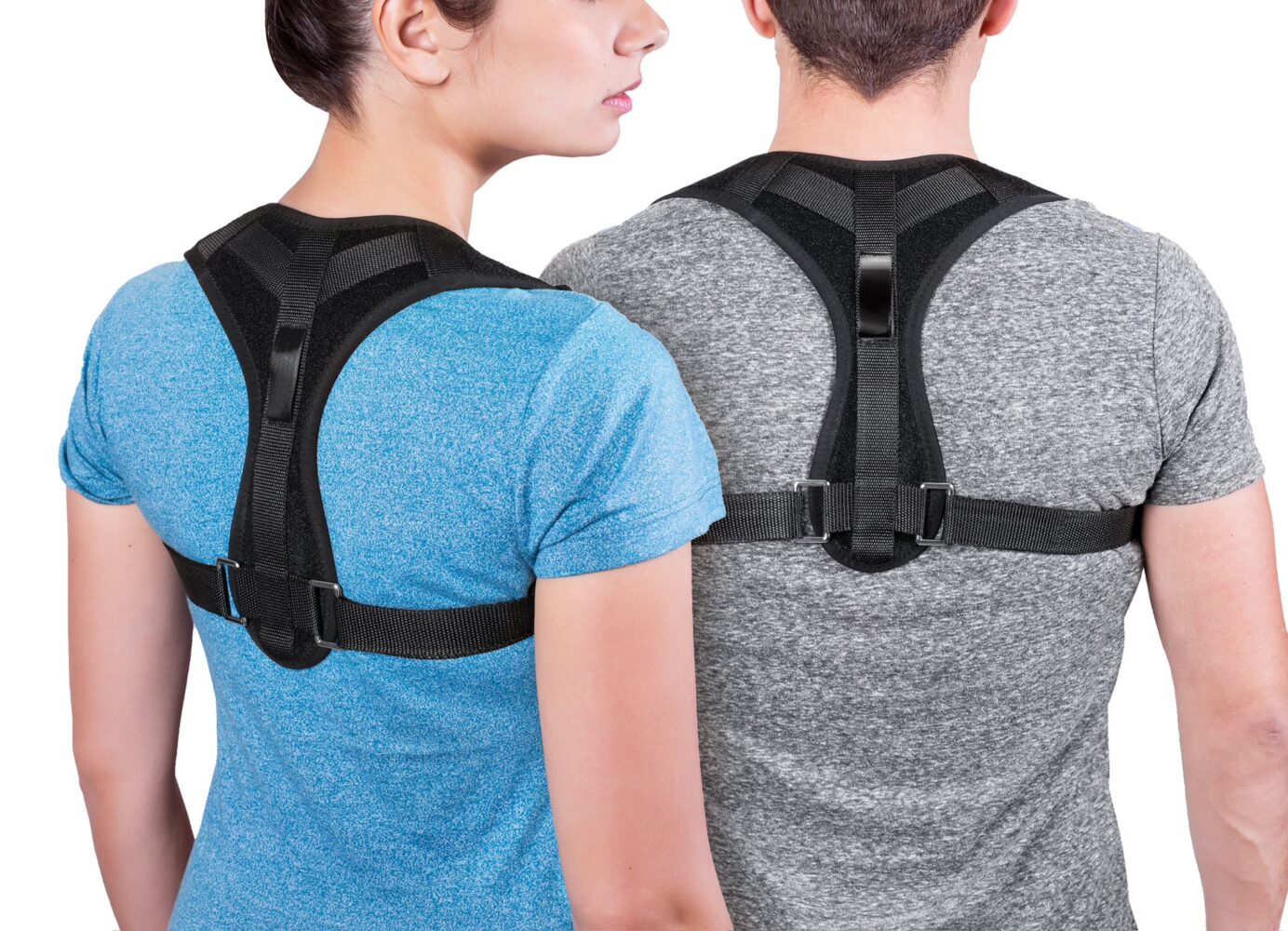The Definitive Guide to Posture Correctors: How to Choose the Right One for You
Introduction
In a world where slouching over screens has become the norm, posture correctors have emerged as a popular solution to help combat the detrimental effects of poor posture. These wearable devices promise to realign your spine, alleviate discomfort, and improve overall posture. However, with a myriad of options available, finding the right posture corrector can be overwhelming. Fear not, for in this comprehensive guide, we’ll navigate through the maze of posture correctors and provide you with expert advice on how to pick the perfect one for your needs.
Understanding Posture Correctors:
Posture correctors come in various shapes and sizes, ranging from simple braces to high-tech wearable devices. Their primary function is to provide support to your back and shoulders, gently encouraging proper alignment and reducing strain on muscles and joints. While some posture correctors are designed for everyday wear, others are intended for specific activities such as sitting at a desk or exercising.
How to Choose the Right Posture Corrector:
When selecting a posture corrector, it’s essential to consider several factors to ensure you find the best fit for your body and lifestyle:
Type of Corrector: Determine whether you need a brace, shirt, or wearable device based on your specific needs and preferences.
Fit and Comfort: Look for a posture corrector that is adjustable and comfortable to wear for extended periods. It should provide support without restricting movement or causing discomfort.
Level of Support: Consider the level of support provided by the corrector. Some offer gentle reminders to maintain good posture, while others provide firmer support for correcting existing issues.
Quality and Durability: Invest in a well-made posture corrector that is durable and built to last. Check customer reviews and ratings to ensure you’re getting a reliable product.
Consultation with a Chiropractor: If you’re unsure which posture corrector is right for you, consider seeking guidance from a chiropractor. They can assess your posture and recommend the most suitable device based on your individual needs and goals.
Conclusion:
In the pursuit of better posture, it’s essential to approach the use of posture correctors with a balanced and informed perspective. At our practice, we advocate for a holistic approach to posture correction that combines the benefits of chiropractic care with the use of appropriate posture correctors.
We recommend our patients to use a posture corrector for a maximum of three hours a day, for a period of six weeks. Consistency is key, so we encourage wearing the corrector at around the same time each day. Based on our experience, we’ve found that wearing the corrector after lunch yields optimal results. It’s during this post-lunch slump that many of us tend to slump and slouch the most. By wearing the corrector during this time, you’ll not only counteract the effects of fatigue but also reinforce good posture habits when they’re needed most.
While posture correctors can be valuable tools in improving posture, they should be viewed as part of a comprehensive approach to wellness. Alongside regular chiropractic adjustments, incorporating mindful movement, ergonomic adjustments, and strengthening exercises can further enhance the benefits of using a posture corrector.
Remember, achieving better posture is a journey, not a quick fix. By taking proactive steps and seeking guidance from trusted healthcare professionals like chiropractors, you can pave the way for a healthier, more aligned future. So, here’s to standing tall, feeling confident, and embracing the power of good posture in all aspects of life.





